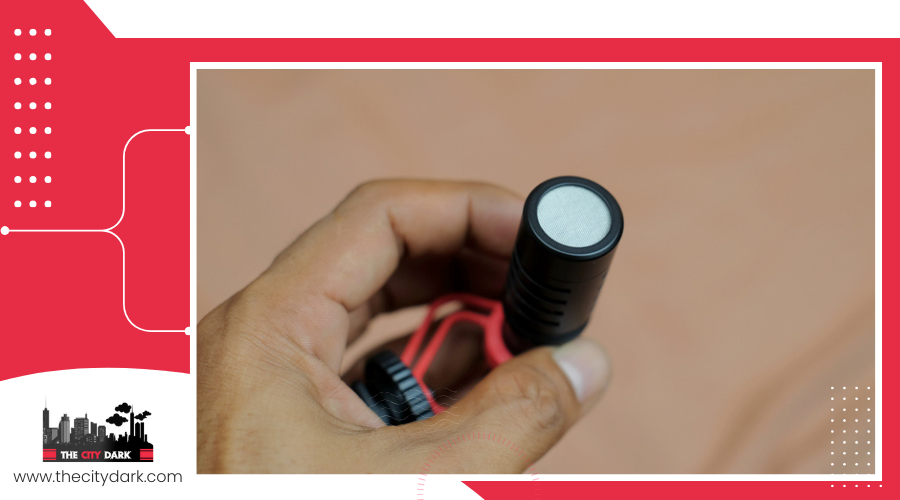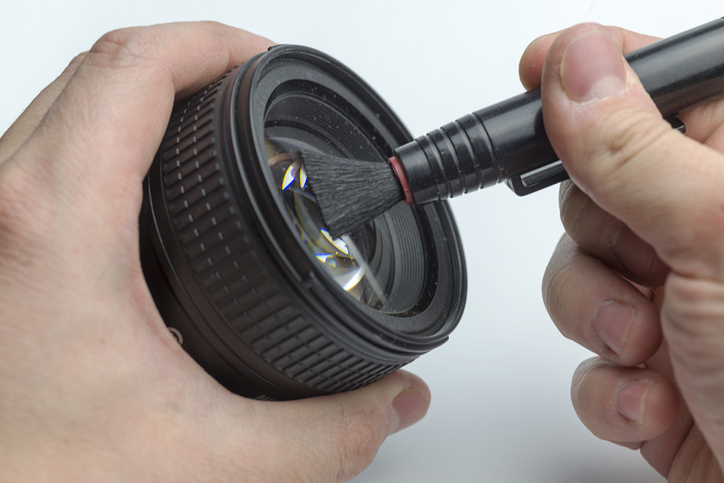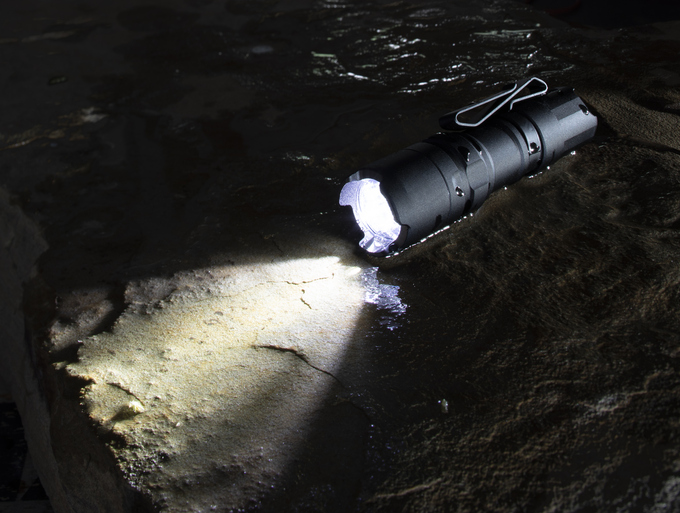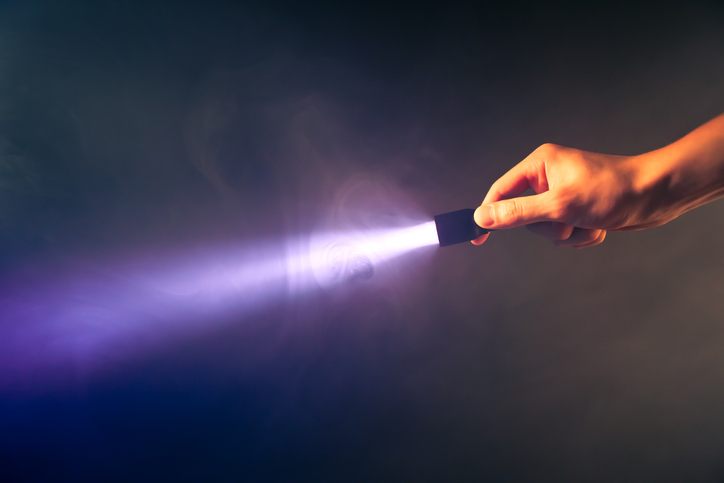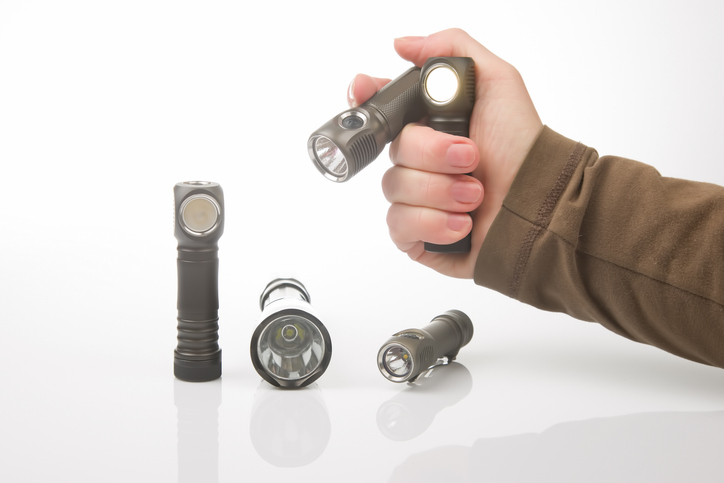Have you ever found yourself in a situation where your flashlight fails you at the most inopportune moment? Ensuring your flashlight’s reliability is not just about having a light source at your disposal; it’s about guaranteeing your safety and readiness in any situation.
By adopting a few simple maintenance and repair routines, you can significantly extend the life and efficiency of your flashlight. Regular cleaning, proper battery care, and periodic inspections are key to keeping your flashlight in top working condition.
Whether it’s for everyday use or as part of your emergency kit, understanding how to keep your flashlight in top working condition is essential. Stick around to uncover some professional tips that could save you from being left in the dark when you least expect it.
Key Takeaways
- Adopt a regular cleaning routine every six months to remove dirt and debris from the flashlight.
- Take out the batteries before cleaning to prevent accidental activation and avoid moisture seeping into electrical connections.
- Store spare batteries in a cool and dry location, away from direct sunlight and extreme temperatures, to prevent leakage and maintain battery life.
- Regularly inspect and clean battery contacts and threads, as well as the LED module, to prevent corrosion and ensure consistent performance.
Regular Cleaning Routine
To ensure your flashlight’s reliability, it’s crucial to adopt a regular cleaning routine every six months. This isn’t just about keeping it looking good; it’s about ensuring it works when you need it most.
Before you dive in, always remove the batteries. This step is essential to avoid any accidental activation, keeping you safe while you clean.
Start by using a soft, lint-free cloth to remove any surface dirt and debris. A slightly damp cloth can tackle tougher spots, but be cautious not to let any moisture seep into the electrical connections. These connections are the heart of your flashlight’s operation, and keeping them clean ensures your light stays reliable.
Don’t overlook the threads where the parts of your flashlight screw together. Cleaning these on a regular basis and applying a thin silicon-based lubricant can prevent them from seizing. This makes opening and closing your flashlight smooth, preventing wear and tear.
Battery Care and Replacement
Proper battery care and timely replacement are key to ensuring your flashlight’s peak performance. Let’s dive into how you can maintain your flashlight’s power source effectively:
- Remove the batteries if the flashlight won’t be used for a while to prevent leakage and preserve battery life. This simple step can save you from the hassle of cleaning up battery acid later on.
- Store spare batteries in a location that’s cool and dry, away from direct sunlight and extreme temperatures. This practice helps maintain their effectiveness.
- *For rechargeable batteries*: Ensure they’re charged periodically, even when not in use, to keep them at optimal condition.
- *For standard batteries*: Check expiration dates and replace as needed to avoid surprises during emergencies.
- Regularly inspect battery contacts for signs of corrosion. Clean them gently with a soft cloth to ensure a proper power supply.
- Follow the flashlight manufacturer’s guidelines for specific maintenance requirements, including when to replace batteries. This ensures your flashlight remains reliable when you need it most.
Waterproofing and Moisture Control
Ensuring your flashlight remains dry and moisture-free is crucial for its reliability and longevity. The key to this is effective waterproofing and moisture control. To start, regularly greasing rubber rings and seals with silicone lubricant is a must. This simple step maintains the waterproofing integrity of your flashlight, ensuring that water doesn’t seep in and cause damage.
It’s also vital to inspect and tighten all seals. This preventative measure helps to avoid any gaps or misalignment that could compromise your flashlight’s waterproofing. Before you head into any wet environments, make a habit of checking the O-rings and seals. This check ensures the waterproof integrity of your flashlight, keeping it safe from internal damage caused by water.
Avoid exposing your flashlight to moisture as much as possible. Store it in a dry place when not in use. Additionally, don’t forget to grease the rubber tailcap and regularly apply silicone grease to the rubber edge of a waterproof head torch. These steps prevent the rubber from drying out, maintaining the waterproofing effectiveness of your flashlight.
Checking and Cleaning Electrical Contacts
Maintaining your flashlight’s reliability involves routinely checking and cleaning its electrical contacts, a crucial step for consistent performance. Regularly cleaning these contacts ensures a reliable power flow and prolongs your flashlight’s lifespan. Here’s how you can keep them in top condition:
- Use rubbing alcohol to clean the battery contacts and external threads. This ensures efficient power flow and helps prevent corrosion that can impede performance.
- *Cotton swab*: Dip a cotton swab in rubbing alcohol and gently clean the electrical contacts and metal parts. This removes any dirt or grime that could disrupt the electric current.
- *Thin coating*: Apply a thin coating of non-conducting grease to the threads. This not only keeps the threads smooth for easy battery swaps but also protects the metal parts from corrosion.
Regular inspection and cleaning of battery contacts and threads are essential to prevent corrosion and ensure consistent performance. This proper maintenance routine is crucial for ensuring the longevity and performance of your flashlight.
Light Source Maintenance
To ensure your flashlight shines brightly when you need it, it’s crucial to keep the bulb and contacts clean. If your light starts to dim, it might be time to replace the LED module, a simple step that can significantly improve performance. Always handle LED replacements with care to avoid damage and ensure the best light output.
Clean Bulb and Contacts
For optimal flashlight performance, it’s crucial you regularly clean the bulb and contacts. Whether it’s an LED light or a traditional bulb, keeping them free from dirt and debris ensures your flashlight works when you need it most.
- Use a soft, lint-free cloth or a slightly damp cloth to:
- Gently wipe the bulb
- Clean contacts thoroughly
- Pay attention to:
- Applying a thin coating of silicon-based lubricant on the threads
- Using a microfiber cloth or lens cleaning solution for the lens
Checking and maintaining your flashlight every few months not only prolongs its life but also guarantees reliability. Always inspect the bulb and contacts for any signs of wear and address issues promptly to avoid unexpected failures.
Replace LED When Dim
After ensuring the bulb and contacts are clean for optimal performance, it’s crucial to also monitor and replace the LED when it begins to dim to maintain your flashlight’s reliability and brightness. Regularly checking and replacing the LED bulbs ensures peak performance. Handle the replacement LEDs carefully to avoid damage, and store your flashlight properly to prevent premature dimming.
| Step | Action | Reason |
|---|---|---|
| 1 | Monitor LED | Identify dimness |
| 2 | Replace LED | Maintain brightness |
| 3 | Handle with care | Avoid damage |
| 4 | Store properly | Prevent dimming |
| 5 | Check regularly | Ensure reliability |
Proper Lubrication Practices
Moving on to proper lubrication practices, it’s crucial you select the right lubricants for your flashlight. You’ll need to lubricate it regularly using techniques that ensure its longevity and performance.
Be sure to follow the manufacturer’s guidelines for specific recommendations on how often and with what products to do so.
Selecting Appropriate Lubricants
When selecting the right lubricant for your flashlight, it’s crucial to opt for a silicone-based product to ensure smooth operation and prevent corrosion. Proper care with selecting appropriate lubricants can significantly extend the lifespan of your flashlight.
Here’s how to do it effectively:
- Silicone-Based Lubricants
- For threads: Clean and apply a thin coating.
- Ensures smooth operation
- For O-rings: Apply silicone grease.
- Prevents moisture infiltration
- Non-Conducting Grease
- For battery tubes and threads: Prevents corrosion.
- Extends lifespan
Lubrication Frequency and Techniques
To ensure your flashlight remains reliable and performs optimally, it’s crucial to apply the right lubrication techniques at appropriate intervals. Take good care to apply silicone grease to O-rings, preserving waterproofing and preventing moisture damage. Utilize non-conducting grease for lubricating battery tubes and threads to ensure smooth battery swaps and guard against corrosion.
It’s important to avoid over-lubricating to prevent excess buildup and maintain proper functionality. Regular lubrication not only prolongs the lifespan of your flashlight and its components but is essential for sustaining its reliability and performance.
Periodic Inspection and Testing
Regularly checking your flashlight’s exterior, especially the lens and threads, for wear, debris, or corrosion is crucial for its reliability. Periodic inspection and testing are key practices that keep your flashlight in top condition, ensuring its longevity. To guarantee optimal performance and extend your flashlight’s lifespan, follow these guidelines every six months:
- Exterior and Functionality Check
- Inspect the lens and threads for signs of wear, debris, or corrosion.
- Test the flashlight’s brightness and functionality by turning it on and off to ensure consistent performance.
- Battery and Water-Resistance Assessment
- Check battery contacts for signs of corrosion or buildup and clean them to maintain proper electrical connectivity.
- Conduct a water-resistance test by verifying all seals and O-rings are intact and applying gentle pressure to check for leaks or moisture ingress.
- Use a battery tester or multimeter to assess the voltage and condition of the batteries, ensuring they provide reliable power.
Adhering to these steps not only prolongs the life of your flashlight but also guarantees it’s ready and reliable when you need it most.
Conclusion
By following these steps, you’ll keep your flashlight in top shape. Regularly clean it, take good care of your batteries, and make sure it’s waterproof. Don’t forget to clean the electrical contacts and maintain the light source.
Proper lubrication and periodic checks are key. With these practices, you’ll ensure your flashlight is reliable and ready whenever you need it. Remember, a little maintenance goes a long way in extending the life and performance of your flashlight.

